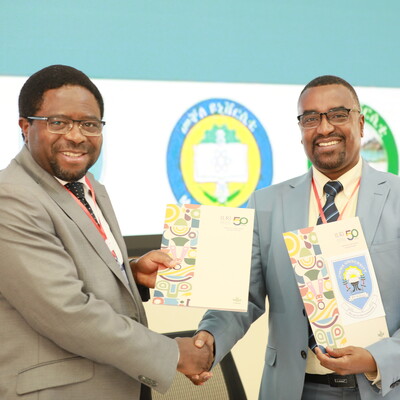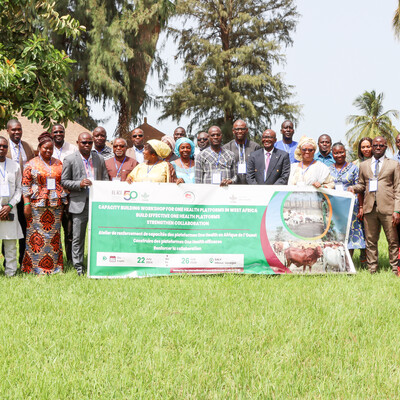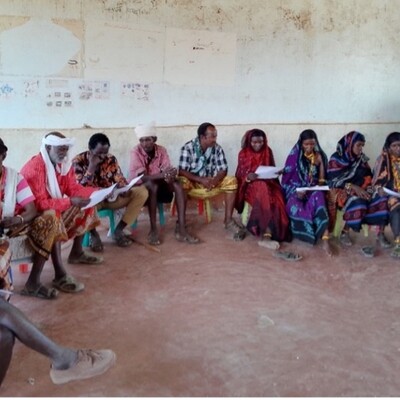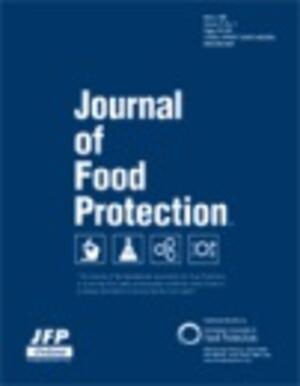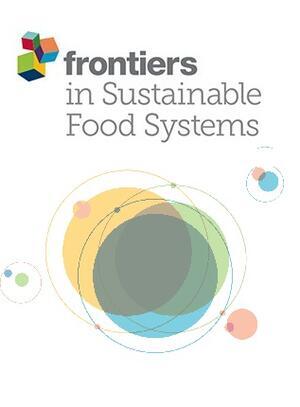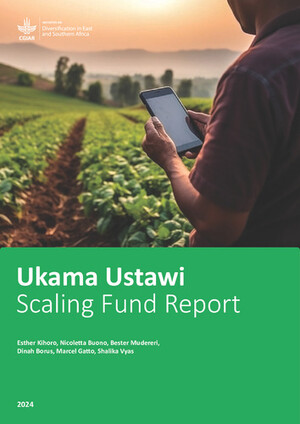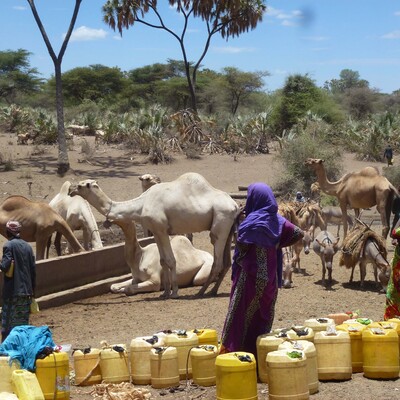
Where does the methane in the atmosphere come from?
In February 2020 a team from ILRI’s Mazingira Centre, Royal Holloway, University of London and Cambridge University went on a trip through Southern Kenya to sample air. Sampling air may sound arbitrary yet the bigger aim of this field campaign was to derive samples from livestock including cattle, sheep, goats and camels as well as from their faeces to identify the isotopic signature of the methane – more accurately the carbon and the hydrogen atoms in the methane – originating from belching of the animals and from manure. The isotopic signature of methane depends on its source (i.e. enteric fermentation, wetland emissions, manure emissions, gas leaks, termites etc.), and these signatures can be traced in the atmosphere to identify where the methane originates from. Atmospheric methane concentrations are increasing, with particular rises being observed in the tropics, but the sources for this increase are unclear. Such ground-sampling campaigns as done by the team from ILRI and the UK can assist in identifying distinct sources and better explain rising methane concentrations in the atmosphere.
In order to get a first glimpse of different methane sources the team sampled the breath of cattle, goats and sheep as well as air over a wetland in Southern Kajiado near Magadi, and filled them into “air bags” made from Teflon to take them back to the lab in the UK. Additional samples were taken at ILRI’s Kapiti Research Station from cattle, sheep, goats and camels, as well as fresh “poo” from wildlife, including zebra, wildebeest , giraffe and gazelles.

Rebecca Fisher and Alice Cozen from Royal Holloway University of London sampling air from camels at ILRI Kapiti Research station.
Besides the air samples, samples of fresh manure were collected, which were then processed in the Mazingira Centre in order to be analysed for their DNA composition. With this analysis it is possible to identify which methanogens (those are microorganisms from the archaea kingdom that produce methane) contribute to methane emissions, and the researchers can furthermore identify which feed an animal had consumed and digested. These data can help to explain differences in the digestive process and methane production between ruminants in Africa compared to other regions of the world.

Ellen Nisbet from Cambridge University taking a faecal sample from cattle in Kajiado Kenya.
The campaign was part of the African Ruminant Methane: Measurements and Analysis (ARMMA) Project funded under the Cambridge-Africa Alborada Research Fund that allows not only to do great science but also to build partnerships between UK and African research institutes.
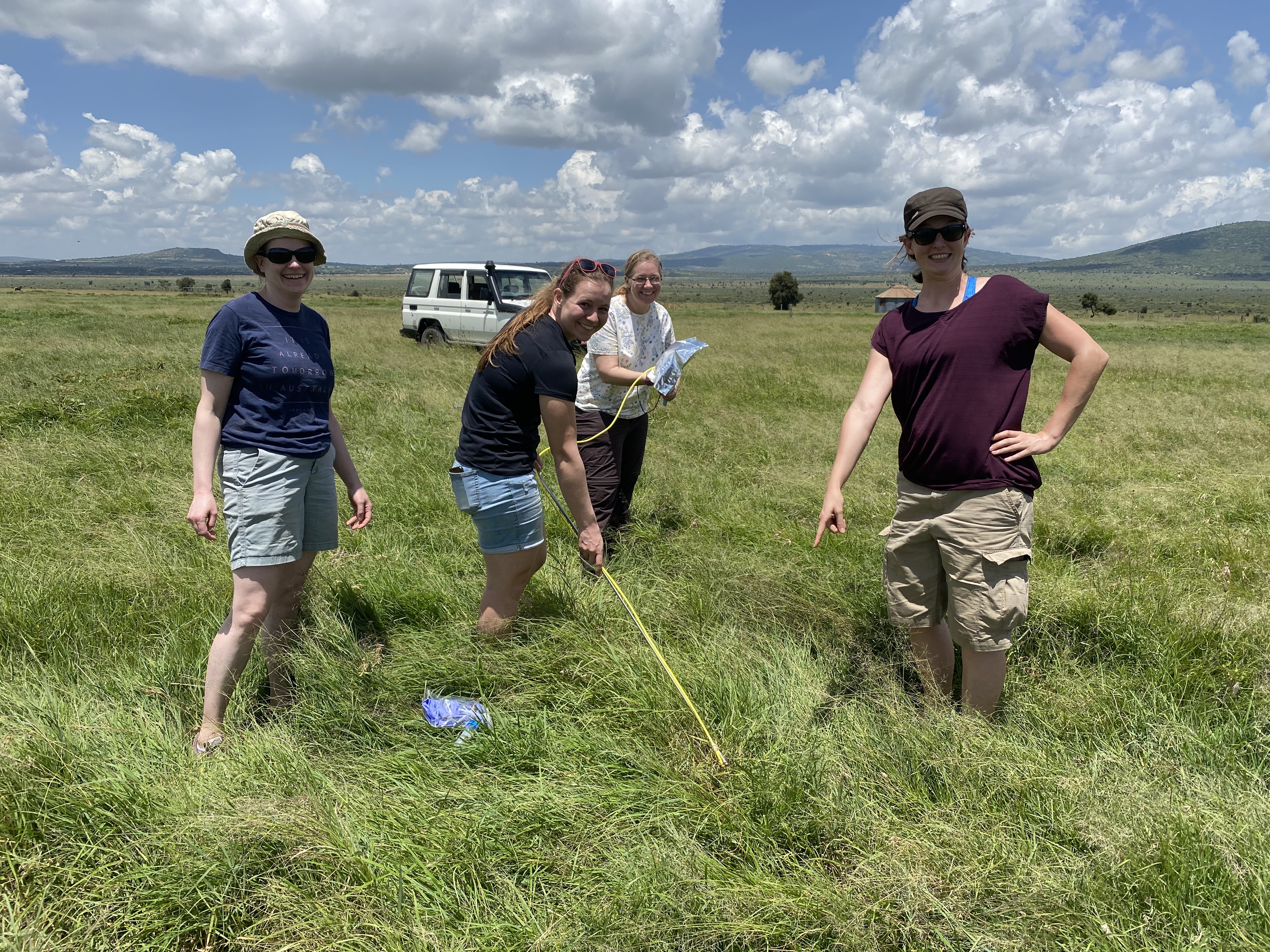
The teams from ILRI’s Mazingira Centre, Cambridge University and Royal Holloway University of London sampling the methane from zebra “poo” in the field.
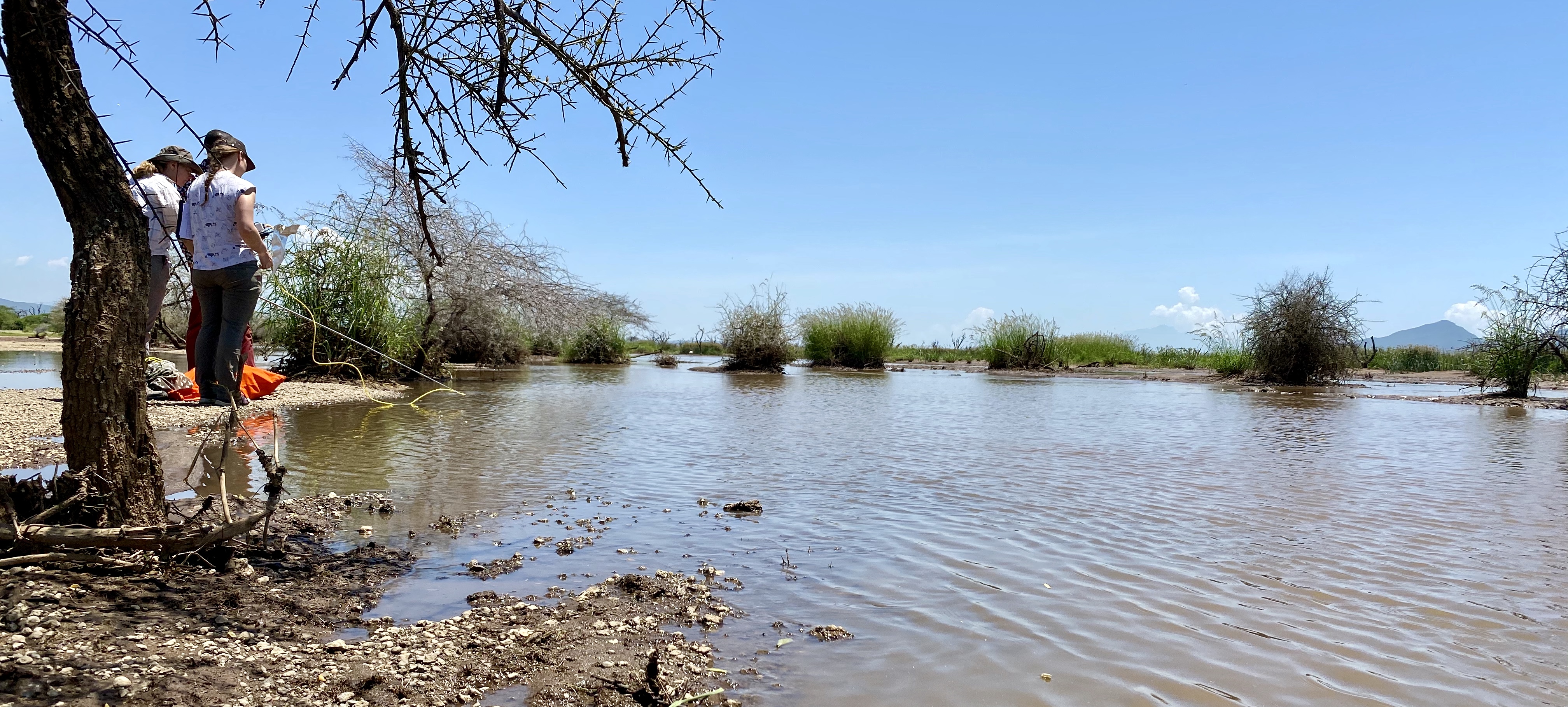
Sampling a swamp in Kajiado.






